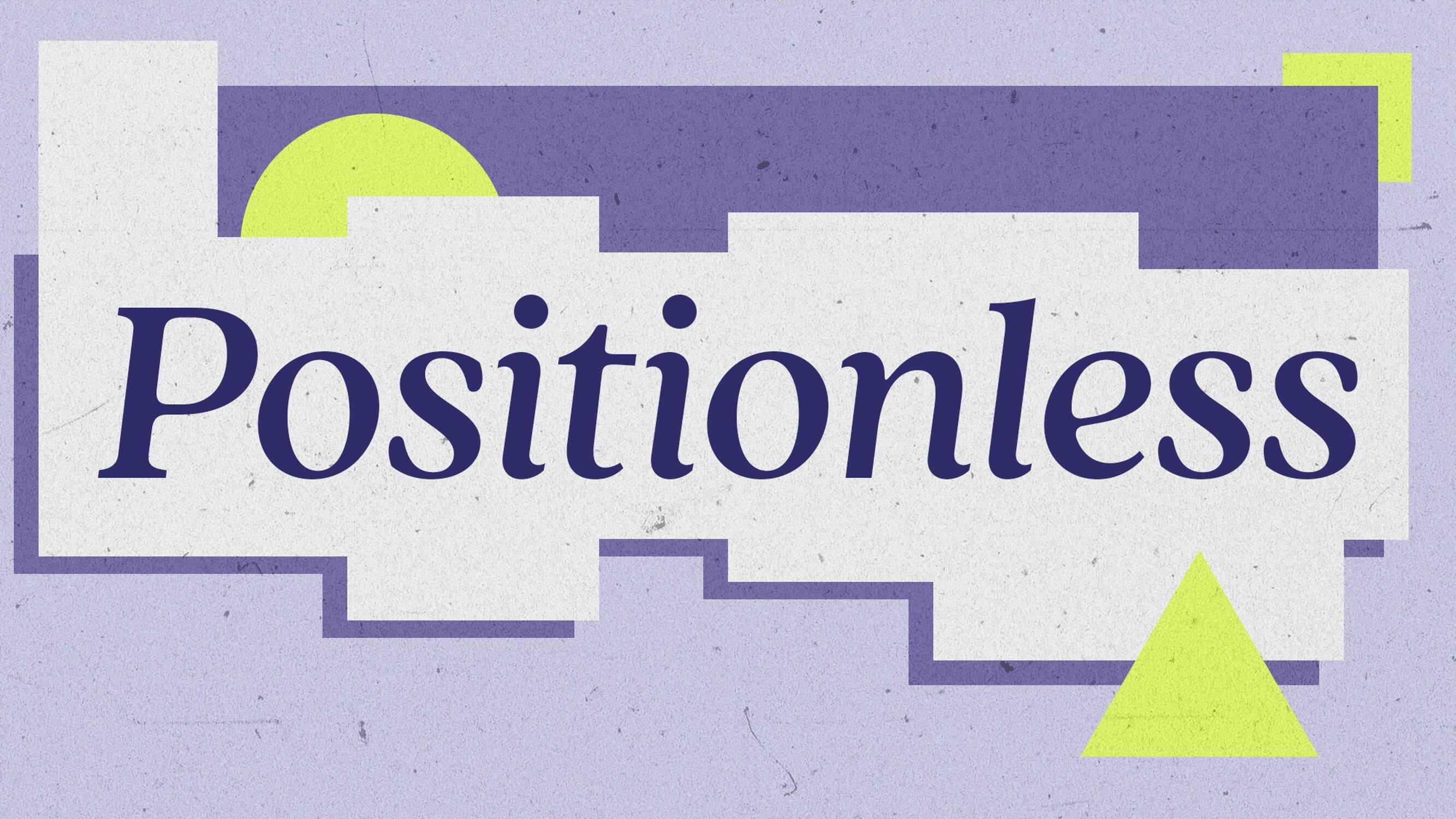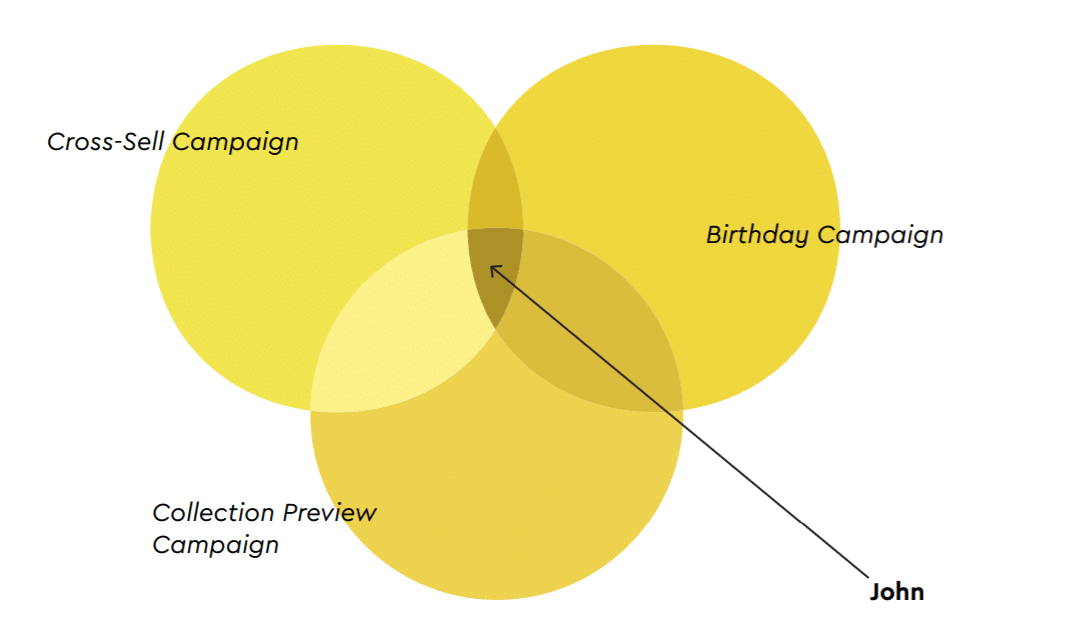
AI and the Retail Marketer’s Future
How AI transforms strategy and processes, driving the adoption of Positionless Marketing
Exclusive Forrester Report on AI in Marketing

Over the years, marketers have leaned into customer data and used their imagination to
create automated customer journeys that send communications in response to customer behavior.
For example, marketers would imagine that every customer who purchased a product
would like to receive an email three days after the purchase with recommendations for a similar product. If customers would not open that email, then customers should receive an automated SMS the next day. The problem with this approach is that the customer journey was created based on an average or “ideal customer profile” which is not ideal for each individual customer.
Gartner research shows that 48% of customers unsubscribe from brand emails when they find them irrelevant, almost certainly ending that relationship. The same research found that 14% of customers stop doing business with brands when they receive irrelevant communications. By using marketing automation tools to guide customers through manually defined customer journeys, marketers are slowly, but effectively, alienating their customers.
For marketers to avoid irrelevant journeys and campaigns reaching customers, they must create and orchestrate truly personalized customer journeys. In order to do so, marketers must:
Doing the above with the common marketing automation tools is an impossible task.
However, combining message prioritization and exclusion rules with AI-based
orchestration, such as Self-Optimizing Journeys, makes it simple.
Orchestrating Customer-led JourneysWith Self-Optimizing Journeys, marketers can finally provide customers with journeys that adapt to each one’s unique characteristics and behaviors, effectively allowing customers to lead their own journeys.
Self-Optimizing Journeys identify all the campaigns each customer is eligible for and
evaluate all journey possibilities, response probabilities, and potential impact on customer lifetime value, to determine and serve the next-best campaign for each customer.
Marketers no longer face the burdensome task of determining which communications to
prioritize or which sequence of communications result in the best customer journey. As a result, marketers can focus on identifying customer micro-moments and creating a
campaign for each one.
Moments can be high-level ones such as a new customer browsing a product with low inventory levels, or more granular ones such as the birthday week of a high-value customer who has not engaged with a communication in over 30 days.
Self-Optimizing Journeys then orchestrate hundreds of these micro-moments, providing
each customer a personalized customer-led journey. The following is an example of how Self-Optimizing Journeys orchestrate the marketing campaigns following a customer’s purchase to provide the most personalized customer journey possible.
Post-Purchase Follow-Up JourneyJohn is a highly engaged customer for an activewear retailer. Following his latest purchase, he is eligible for three campaigns, each of which will trigger subsequent ones.
The first campaign is focused on the discovery of a new category for cross-sell. The second campaign starts a series of campaigns leading to the unveiling of the upcoming collection for the same category he just purchased. The third campaign is an offer for his upcoming birthday. Additionally, there is a fourth option, which is for him to receive no campaign at all.

Technically speaking, there are many more customers who meet, at any point in time, the criteria for one or more of the campaigns outlined above.
Without Self-Optimizing Journeys, marketers rely on intuition, experience, or their highest strategic priority to decide what campaign to send. And as a result, a series of campaigns would be sent to all the customers who are like John. Therefore, all customers would always receive the same campaign and journey, or none at all.
However, with Self-Optimizing Journeys, marketers can offer each individual customer the most adequate journey that suits them. Self-Optimizing Journeys take into account the history of each customer’s interaction with the brand and calculate the expected increase in lifetime value of serving each campaign, or none at all, to every eligible customer.
This value calculation considers not only the potential gain of the next campaign, but also that of each series of campaigns that each customer would be eligible for based on
receiving each one of the options.
Since this process is repeated each time a customer is eligible for one or more campaigns, each individual customer ends up receiving their own personalized customer journey.
Proven Results from Self-Optimizing JourneysMarketers are using Optimove’s Self-Optimizing Journeys to provide their customers with personalized customer journeys. The following are a sample of their results:
The strong results across KPIs speak for themselves: a self-optimizing personalized
customer journey can generate dramatic results.
With Optimove, marketers can easily create hundreds of campaigns that answer to
customer micro-moments and have them autonomously optimized for each individual
customer.
To learn more, contact us today!
Exclusive Forrester Report on AI in Marketing
In this proprietary Forrester report, learn how global marketers use AI and Positionless Marketing to streamline workflows and increase relevance.


Rony Vexelman is Optimove’s VP of Marketing. Rony leads Optimove’s marketing strategy across regions and industries.
Previously, Rony was Optimove's Director of Product Marketing leading product releases, customer marketing efforts and analyst relations. Rony holds a BA in Business Administration and Sociology from Tel Aviv University and an MBA from UCLA Anderson School of Management.


